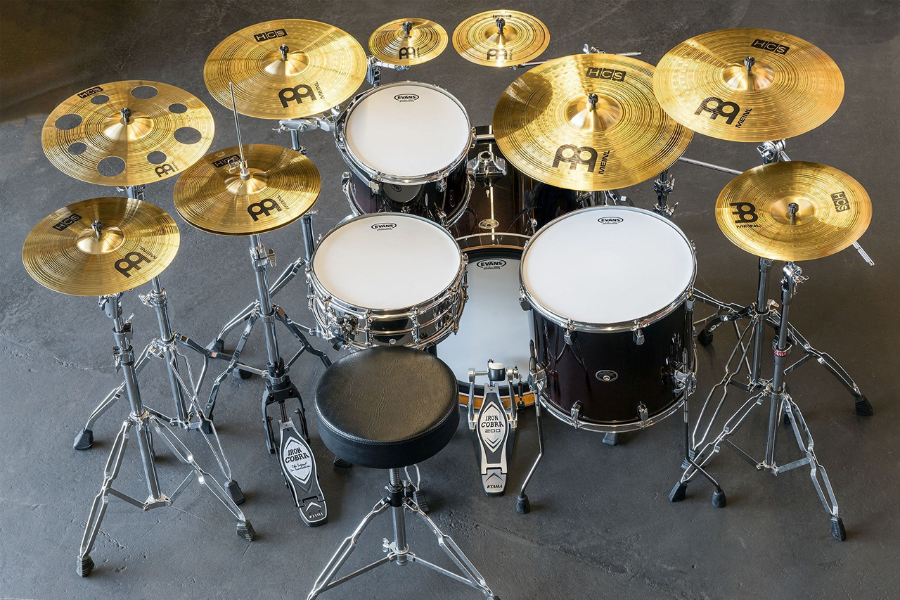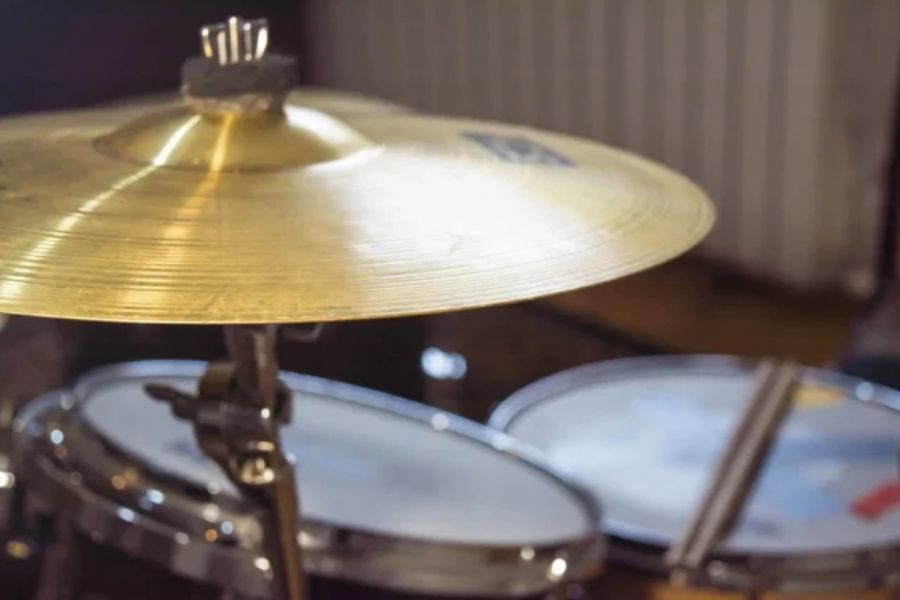The Scimitar Drum: Exploring Its Cultural Significance, Historical Roots, and Future Developments
The scimitar drum, with its distinctive crescent-shaped design and rich, resonant tones, is more than just a musical instrument; it is a symbol of tradition, spirituality, and cultural heritage. This article delves into the meaning, history, and future of the scimitar drum, highlighting its unique attributes and evolving role in modern music.
What is the Scimitar Drum?
Defining the Scimitar Drum
Named after the scimitar sword due to its curved shape, the scimitar drum is a percussion instrument that stands out for its unique design and sound. The drum’s crescent-like structure is not only visually striking but also contributes to its distinctive acoustic properties. Played with a curved stick or rod, the drum produces a variety of tones, ranging from deep, resonant beats to sharper, more percussive sounds, depending on the playing technique.
Beyond its auditory appeal, the scimitar drum carries significant cultural and spiritual weight. Its design mirrors the bravery and strength symbolized by the scimitar sword, making it an integral part of many traditional ceremonies and rituals.
The History Behind the Scimitar Drum
Origins and Evolution
The origins of the scimitar drum can be traced back to ancient civilizations across the Middle East, North Africa, and South Asia. These regions played a crucial role in shaping the drum’s design and symbolic meanings. Although the exact origins remain a topic of debate, the drum’s history reflects a rich tapestry of cultural exchanges and adaptations.
Initially, the drum was crafted using locally sourced materials—animal hides for the drumhead and wood or metal for the frame. As it spread across different cultures, artisans refined its design, enhancing its sound quality and durability. This journey mirrors the fusion of diverse traditions and the ongoing evolution of cultural practices.
Cultural and Symbolic Importance
Symbolism Across Cultures
In various cultures, the scimitar drum is emblematic of strength and resilience, akin to the scimitar sword. Its deep, resonant tones evoke a sense of bravery and protection, resonating particularly in cultures where the scimitar sword holds historical significance. The drum serves as a vessel for cultural memory, linking present generations with their ancestors through its sound and symbolism.
Role in Ceremonies and Rituals
The scimitar drum plays a pivotal role in spiritual and ceremonial contexts. Its rhythms help create an atmosphere of unity and spiritual connection. In certain traditions, the drum’s sound is believed to possess sacred power, facilitating a deeper connection with cultural and spiritual roots. Whether used in marking significant life events or in invoking blessings, the scimitar drum remains an essential element in many rituals.
Playing Techniques and the Sounds of the Scimitar Drum

Diverse Playing Techniques
The scimitar drum’s versatility is evident in its range of sounds, achieved through various playing techniques. Striking the drumhead with the palm produces a deep, resonant tone, while tapping with the fingers yields higher-pitched sounds. Using a curved stick generates sharp, percussive beats, adding to the drum’s dynamic range. The combination of these techniques allows for a broad spectrum of tonal qualities, from soft and subtle to bold and commanding.
Unique Acoustic Properties
What sets the scimitar drum apart is its ability to produce a rich, deep resonance. Its large drumhead and robust frame contribute to its distinctive sound, making it a powerful and expressive instrument in both traditional and modern contexts.
The Scimitar in Film and Television
Classic Adventure Films
While the scimitar drum itself may not frequently appear on screen, its namesake—the scimitar sword—has made notable appearances in films and TV shows. In classic adventure films like The Arabian Nights (1942) and The Thief of Baghdad (1940), the scimitar sword symbolizes danger and excitement, enhancing the dramatic narrative of these stories.
Historical and Symbolic Films
In historical films such as Lawrence of Arabia (1962), the scimitar represents the strength and resistance of the Arab people during their fight against the Ottoman Empire. Here, it symbolizes not just a weapon but a broader narrative of resistance and resilience.
Fantasy Films
The scimitar also features in modern fantasy films like The Mummy (1999) and The Lord of the Rings: The Fellowship of the Ring (2001). Its curved shape adds a mystical, supernatural element to the fantasy worlds depicted in these films.
Influential Performers and Key Recordings
Notable Performers
One of the most renowned performers of the scimitar drum is Turkish musician Omar Faruk Tekbilek. Known for his spiritually inspired performances, Tekbilek has showcased the drum’s versatility and emotional depth in albums such as The Prayer (1990) and The Light (1995).
Recommended Recordings
For those interested in exploring the scimitar drum’s sound, the following recordings offer a glimpse into its cultural richness:
- The Prayer by Omar Faruk Tekbilek
- The Light by Omar Faruk Tekbilek
- Sufi Meditation by Zikr Ensemble
- Dervish Dance by Nusrat Fateh Ali Khan
- The Ecstasy of Rumi by Mercan Dede
These recordings highlight the drum’s ability to evoke deep spiritual connections and emotional responses.
The Future of the Scimitar Drum: Tradition Meets Innovation
Technological Advancements
As technology and modern music continue to evolve, the scimitar drum is poised for exciting transformations. Musicians are experimenting with new materials and techniques that may alter the drum’s sound and durability. Despite these changes, the drum’s cultural and spiritual significance remains intact, ensuring its continued relevance.
Revival and Modern Use
The scimitar drum is experiencing a revival as contemporary artists incorporate it into modern compositions. This resurgence ensures that the drum’s rich heritage will be preserved while embracing new musical innovations.
Conclusion
The scimitar drum is a captivating instrument, not only for its unique crescent shape but also for its profound cultural and symbolic significance. With its deep, resonant sound and historical importance, it remains a vital part of musical and ceremonial traditions. As musicians continue to explore its potential, the scimitar drum’s legacy will endure, bridging tradition and modernity.
FAQs
What is the scimitar drum?
The scimitar drum is a percussion instrument with a crescent-shaped design, named after the scimitar sword. It produces a deep, resonant sound and holds cultural and spiritual significance.
What makes the scimitar drum’s sound unique?
The scimitar drum’s large drumhead and thick frame give it a rich, deep resonance. It can produce a wide range of dynamics, from soft to powerful, making it highly versatile.
Where did the scimitar drum originate?
The scimitar drum has origins in ancient Middle Eastern, North African, and South Asian cultures. Its design and symbolism have evolved over time as it traveled through various regions.
How is the scimitar drum used in ceremonies?
The scimitar drum is used in spiritual and ceremonial contexts to create unity and a connection with cultural and spiritual roots. Its sound is believed to possess sacred power in some traditions.
Who are notable performers of the scimitar drum?
Omar Faruk Tekbilek is a well-known performer of the scimitar drum, recognized for his spiritually inspired music and performances.






